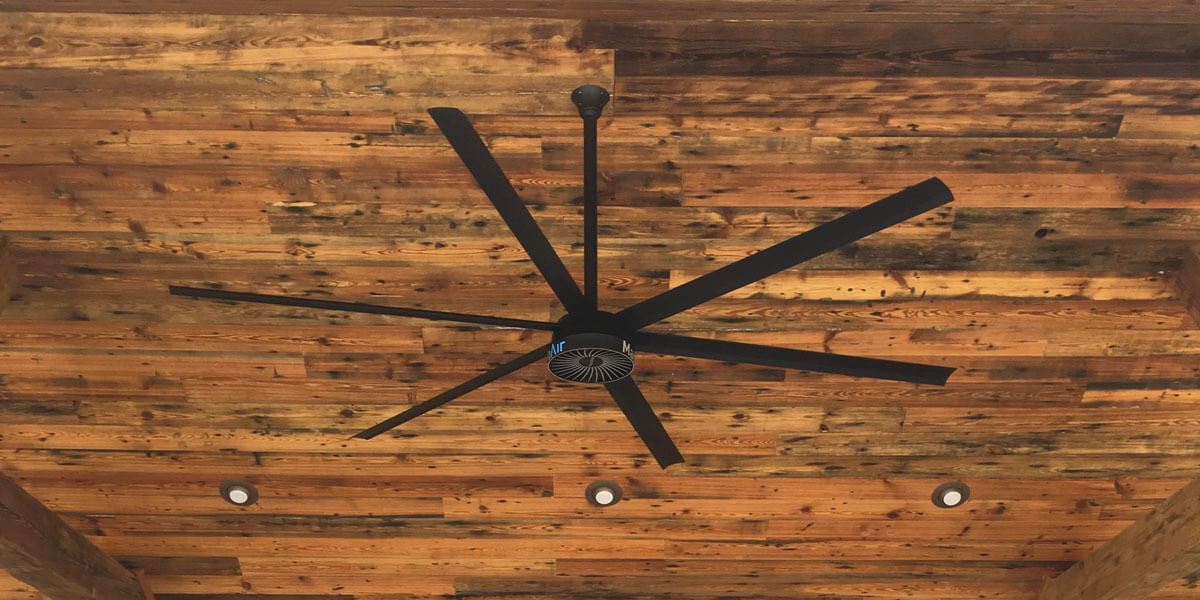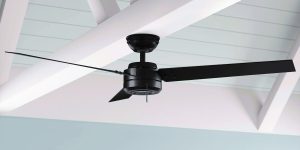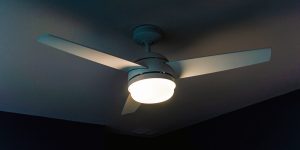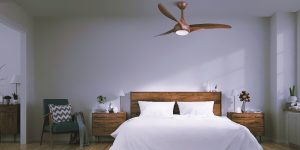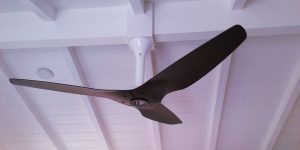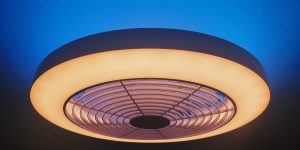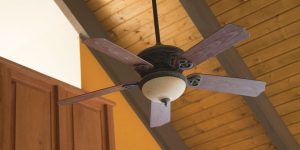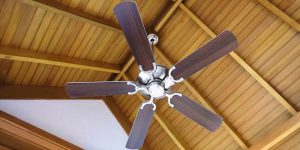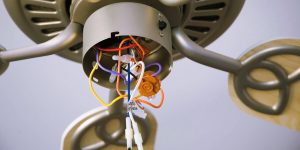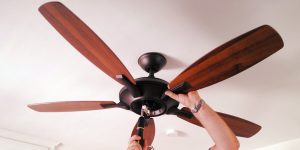Selecting a ceiling fan goes beyond choosing the right style and finish. The question of how many blades should a ceiling fan have is a topic that has intrigued homeowners and design enthusiasts for years. This article investigates the question that often arises: Are more blades on a ceiling fan better, or does the number of blades have a negligible impact on its performance? Join me as I examine the nuances and considerations that play a role in determining whether the number of blades on a ceiling fan truly matters.
Factors influenced by the number of blades
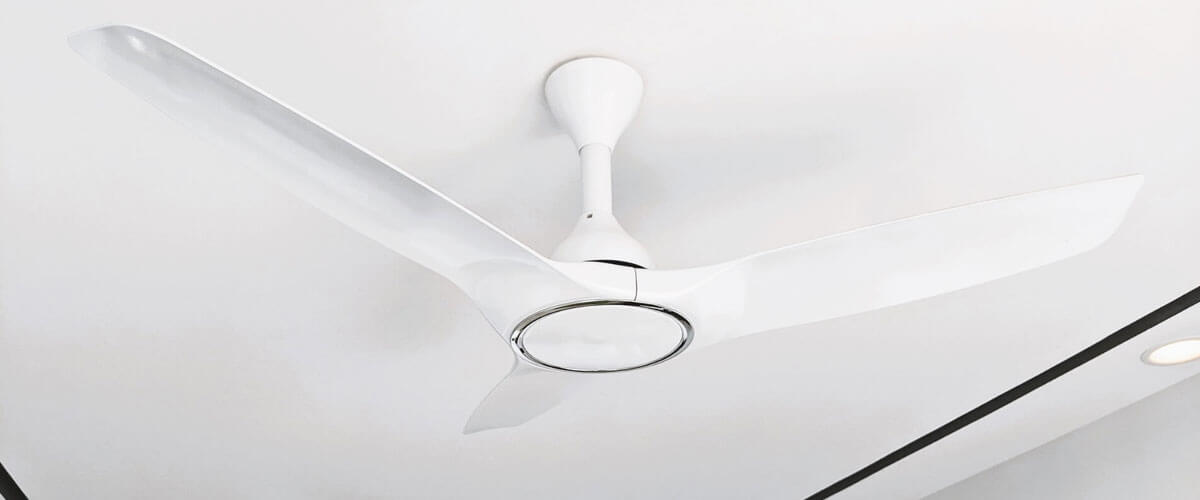
Although modern ceiling fans usually do not have large differences in performance, the number of ceiling fan blades stilly has some effect on the quality and performance of the fan.
Airflow and efficiency
In general, ceiling fans with more blades tend to move a larger volume of air. This is because the additional blades help to capture and push more air downward, creating a stronger breeze and enhancing the cooling effect in the room.
They also generate higher airflow velocities. This means that the air pushed by the fan will be more concentrated and can provide a more direct cooling effect.
Ceiling fans with more blades tend to produce smoother and less turbulent airflow due to the blades’ ability to evenly distribute air. This can lead to a more comfortable and consistent breeze, enhancing air circulation efficiency in the room.
Noise level
Fans with more blades generally generate less noise due to the smoother airflow they create. The additional blades help distribute the air more evenly, minimizing turbulent air pockets that contribute to noise.
Blades with aerodynamic designs and curved edges are more efficient in moving air quietly, as they minimize air resistance and turbulence. Blades of high-quality materials are well-balanced and designed for optimal aerodynamics and tend to produce less noise.
3 blade ceiling fans
These fans offer a sleek and modern design while still providing effective air circulation. Here are major features of them:
- They have a minimalist and contemporary look.
- These fans can operate with less air resistance, which can lead to better airflow efficiency.
- Their design can lead to higher airflow velocities, providing a more direct cooling effect.
- Available in various sizes, making them versatile options for different room dimensions.
Three-blade fans are excellent choices for bedrooms due to their quieter operation. The direct cooling effect from higher airflow velocities can help create a comfortable sleep environment. These fans can also complement modern living room aesthetics while efficiently providing cooling.
4 blade ceiling fans
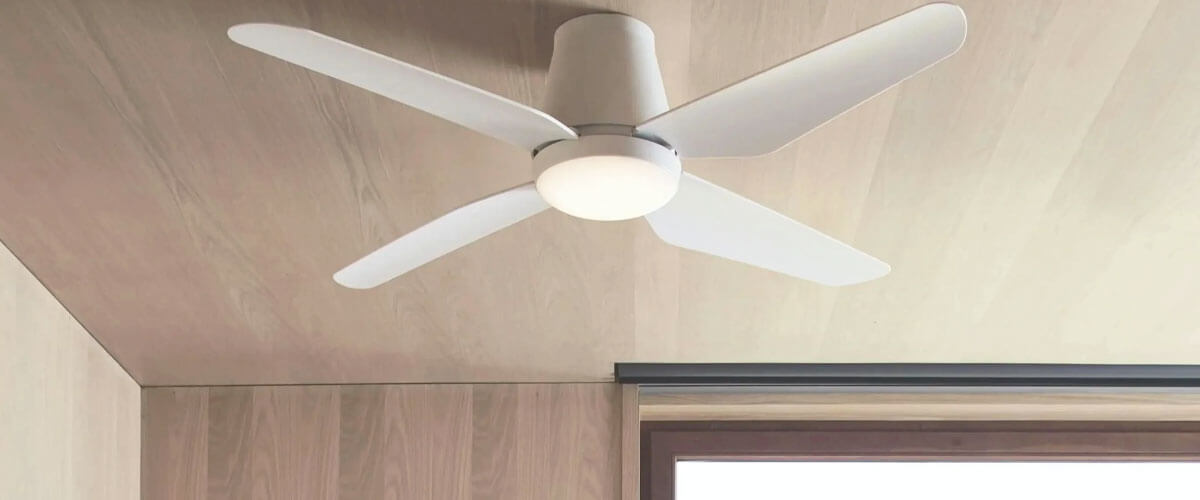
They offer a balance between aesthetics and efficiency. Let’s see what exactly they can offer:
- They provide effective air circulation without compromising the smoothness of the airflow.
- Fit well in both modern and traditional settings.
- The additional blade helps distribute air more evenly, contributing to efficient cooling in the room.
- Operate more quietly compared to three-blade fans, reducing the potential for turbulence and noise.
- Available in different sizes and styles, allowing you to choose one that matches the room’s dimensions and aesthetic preferences.
Four-blade fans can enhance the comfort of dining areas, ensuring pleasant airflow while you enjoy meals and conversations. If you often work at home, a four-blade fan can provide cooling without disrupting your work.
5 blade ceiling fans
Five-blade ceiling fans are popular and versatile choices that combine efficient airflow with a balanced and aesthetically pleasing design, and this is not all:
- 5 blades provide a maximally balanced and evenly distributed airflow, contributing to effective cooling throughout the room.
- The symmetry of the five blades often gives these fans a classic and timeless appearance.
- The balanced design of five-blade fans helps maximize airflow efficiency, ensuring consistent cooling and air circulation in the room.
- Typically operate almost silently.
- Come in various sizes, finishes, and styles.
These fans are suitable for medium to large rooms where balanced airflow is desired. They can effectively circulate air in spaces that require more coverage. In larger master bedrooms and accompanying sitting areas, a five-blade fan can enhance the overall comfort and ambiance of the space.
3 vs 4 vs 5 blade ceiling fan
The choice between 3, 4, and 5-blade ceiling fans depends on factors such as your aesthetic preferences, the size of the room, the level of airflow you desire, and the overall decor style you’re aiming for. All three options have their own advantages and considerations, so I’m going to compare them in a special table to help with the right decision.
| Fan Type | Airflow and Efficiency | Aesthetic Appeal | Noise Level | Room Suitability | Efficiency and Comfort |
|---|---|---|---|---|---|
| 3-blades fan | generates higher airflow velocities, but they might need to operate at higher speeds. | modern and sleek appearance | might lead to more noise | Ideal for bedrooms, small to medium-sized living rooms | effective cooling with direct airflow |
| 4-blades fan | provides efficient and evenly distributed airflow | balanced aesthetic, adaptable to various interior designs | generally results in quieter operation | Versatile for living rooms, dining areas, bedrooms, and medium-sized spaces | a balance between cooling efficiency and smooth airflow |
| 5-blades fan | offers a balanced and gentle airflow distribution | classic design | operates quietly | Suitable for large living rooms, dining areas, bedrooms | balanced and gentle airflow |

